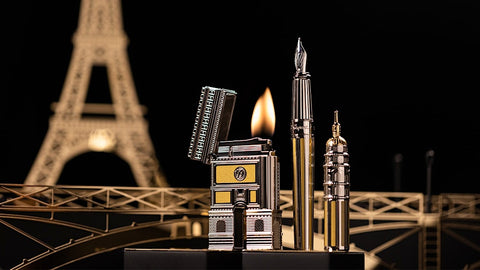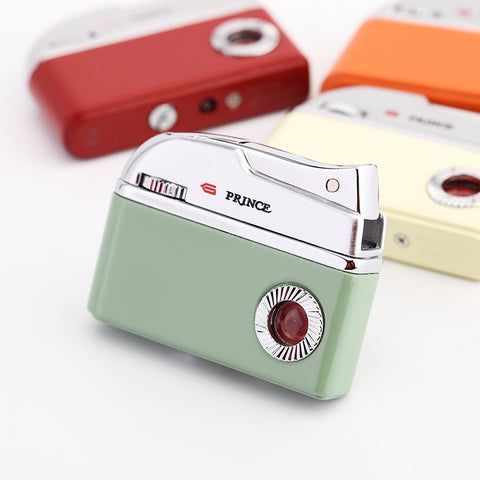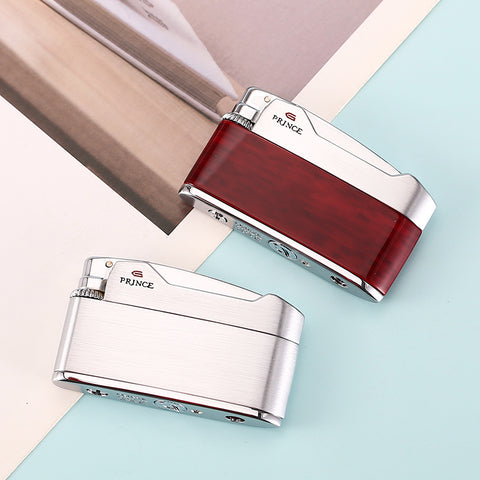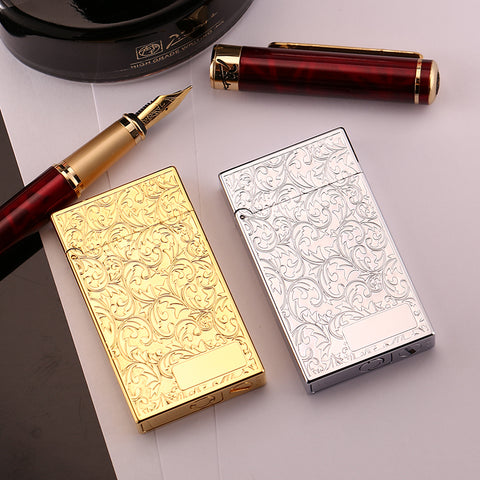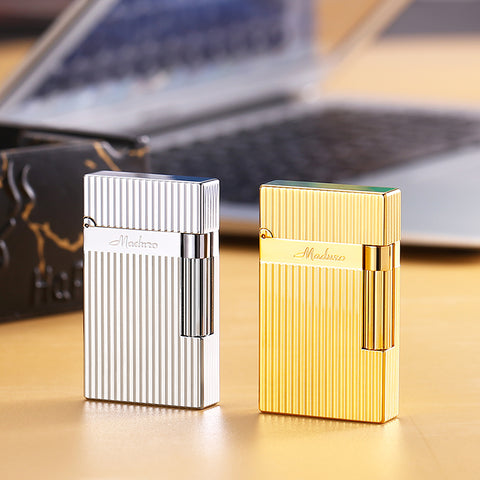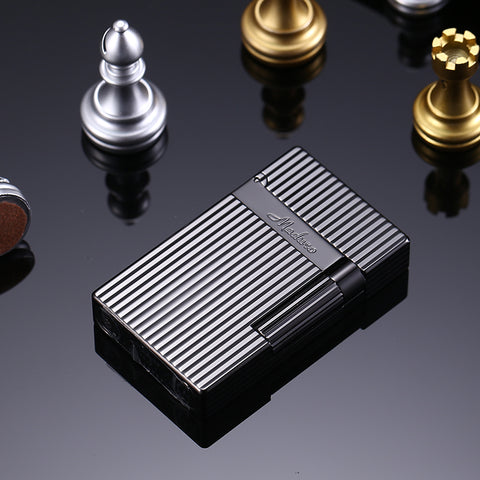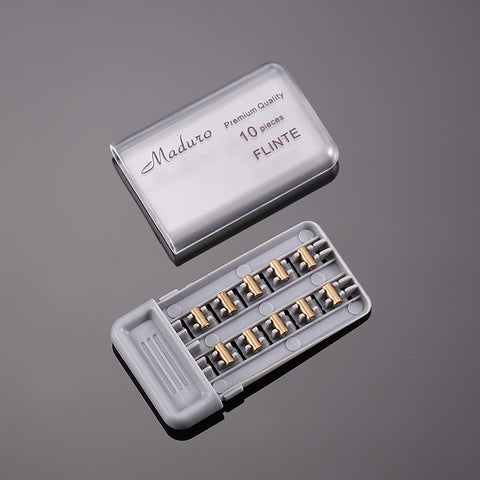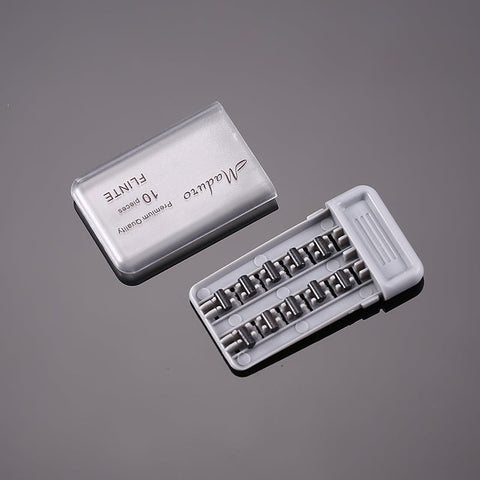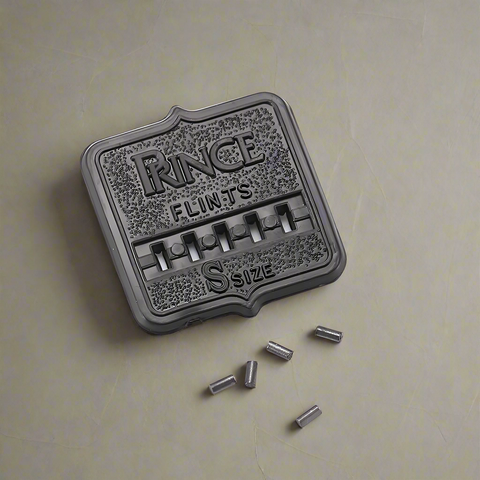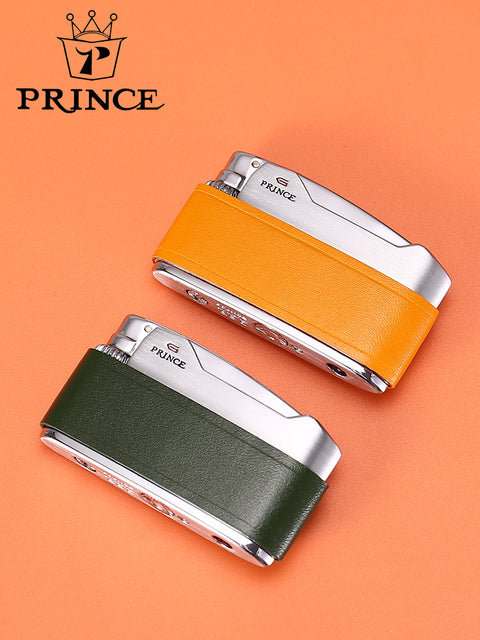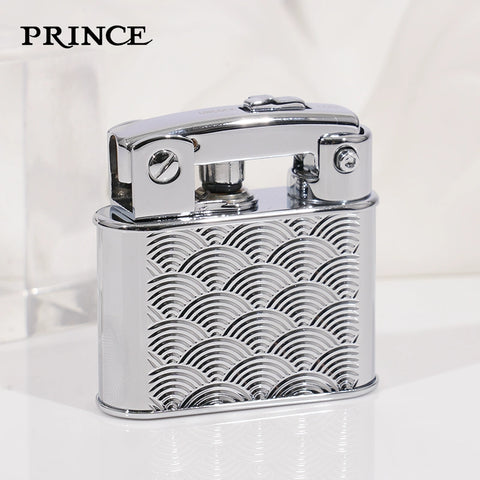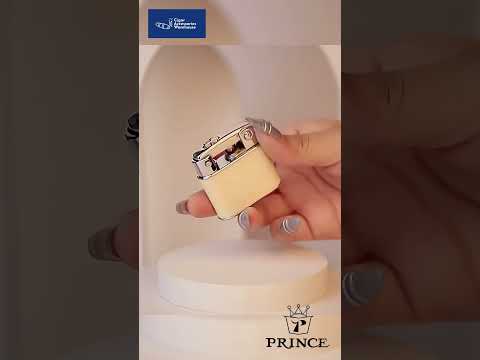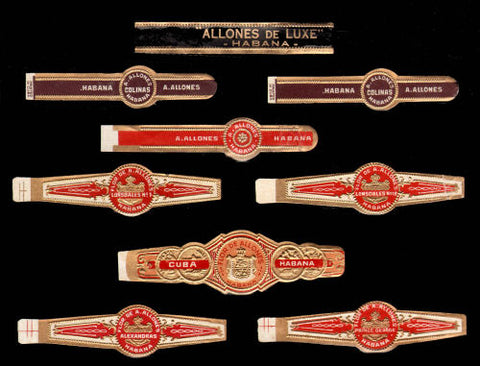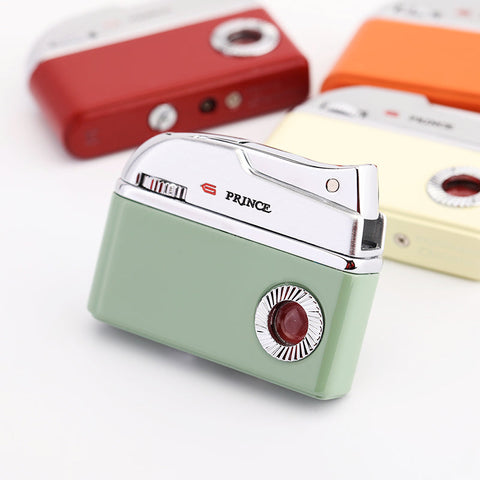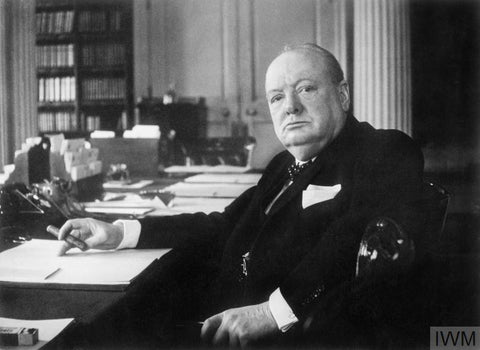Lighters have undergone a remarkable transformation since their inception, evolving from simple utilitarian devices to coveted symbols of luxury and sophistication. This journey reflects advancements in technology, shifts in societal values, and the timeless appeal of fine craftsmanship.
Early Beginnings: Function Over Form
The genesis of the lighter dates back to the early 19th century. In 1823, German chemist Johann Wolfgang Döbereiner introduced the "Döbereiner's Lamp," a device that utilized a chemical reaction between zinc and sulfuric acid to produce hydrogen gas, which ignited upon contact with platinum. While innovative, its complexity and reliance on volatile substances limited its practicality.
As the 19th century progressed, inventors sought more user-friendly designs. The late 1800s saw the emergence of pocket-sized lighters that used flint and steel mechanisms, making them more accessible to the general public. These early models prioritized functionality, often lacking aesthetic appeal.
The Rise of Aesthetic Appeal
The early 20th century marked a shift as manufacturers began to recognize the potential of lighters as personal accessories. Designs became more refined, incorporating decorative elements that appealed to consumers' desires for both utility and style. This period laid the groundwork for the lighter's evolution into a luxury item.
S.T. Dupont: Pioneering Luxury in Lighters
A pivotal moment in the history of luxury lighters occurred in 1941 when French luxury goods manufacturer S.T. Dupont introduced its first luxury lighter. Originally known for crafting high-end travel cases and leather goods, S.T. Dupont applied its expertise in fine materials and meticulous craftsmanship to create lighters that were both functional and opulent. The brand's commitment to excellence quickly established its lighters as status symbols among the elite.
One of S.T. Dupont's hallmark innovations was the distinctive "cling" sound produced upon opening their lighters, a feature that became synonymous with quality and precision. This auditory signature not only signified the lighter's craftsmanship but also enhanced the user's experience, making it a sought-after feature among connoisseurs.
Other Notable Luxury Lighter Brands
Following S.T. Dupont's lead, other brands ventured into the luxury lighter market:
-
Dunhill: Established in the early 20th century, Dunhill became renowned for its elegant and reliable lighters, often associated with the British elite.
-
Colibri: Founded in 1928, Colibri introduced innovative designs, including the first automatic lighter, blending functionality with sophistication.
These brands, among others, contributed to the perception of lighters as more than mere tools, elevating them to the realm of luxury accessories.
The Lighter as a Modern Status Symbol
In contemporary society, luxury lighters are emblematic of refinement and discernment. Owning such a piece reflects an appreciation for artistry and heritage. Beyond their primary function, these lighters serve as personal statements, often becoming heirlooms passed through generations.
The market continues to thrive, with brands innovating while honoring traditional craftsmanship. Limited editions, collaborations with artists, and the incorporation of precious materials ensure that luxury lighters remain desirable to collectors and enthusiasts alike.
Conclusion
The evolution of lighters from practical devices to luxury artifacts mirrors broader trends in design, technology, and culture. Brands like S.T. Dupont have played instrumental roles in this transformation, crafting pieces that ignite not just flames but also admiration and desire. As symbols of elegance and status, luxury lighters continue to captivate those who value the confluence of functionality and artistry.


